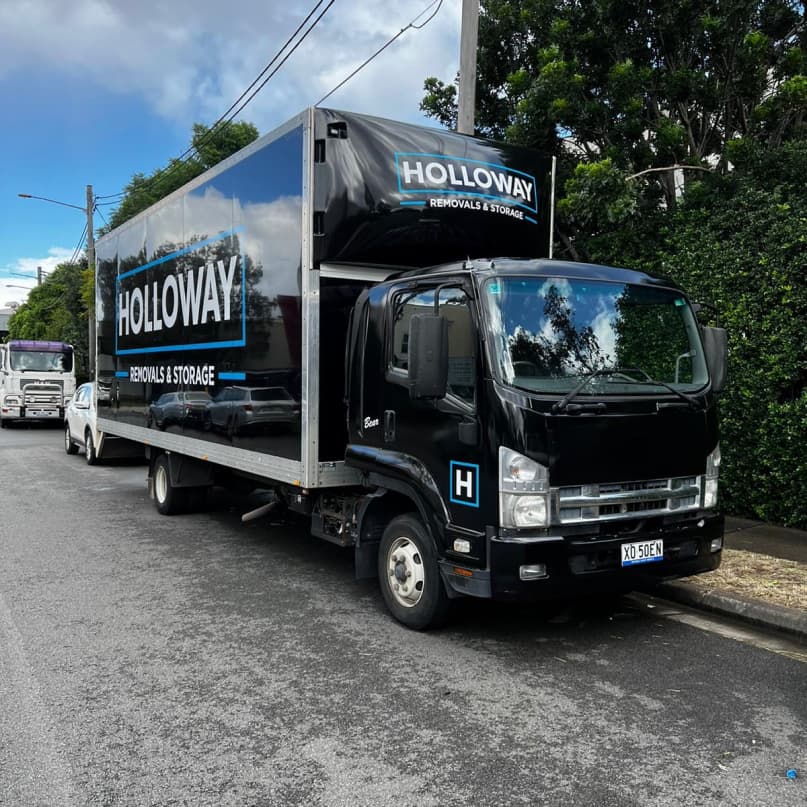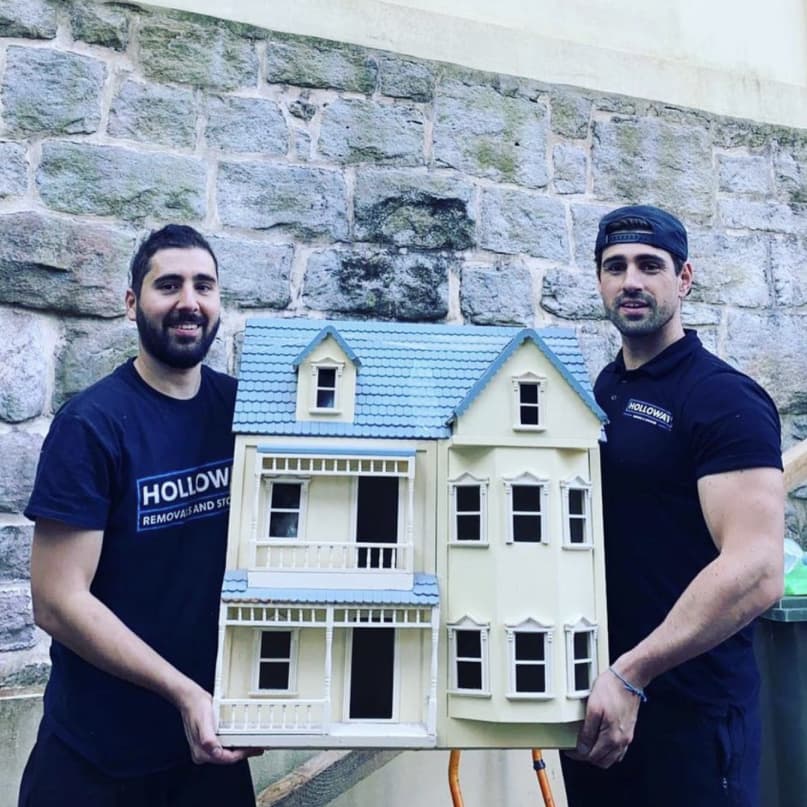

If your family is like so many others in Sydney, the kitchen is the hub of your home. That’s where meals are cooked and shared, homework is completed, and memories are made. And, when it comes to moving, the kitchen is often one of the more overwhelming spaces to pack. After all, it just contains so much stuff.
But prepping your kitchen for a move doesn’t have to be overwhelming if you’re properly prepared…and that’s why we’re here to help. We’ve gathered a list of 4 simple suggestions that will make packing up your kitchen a breeze.
1. Pare Down Prior to Packing
We all know how much stuff gets crammed into drawers, pantries, and cabinets in the kitchen, so odds are high that there’s plenty of stuff lurking about that you don’t actually use and shouldn’t move.
Start going through cabinets, drawers, pantries, and closets a couple of months ahead of your move and pull out things that are never used. Gather them together along with unused items from the rest of the house and schedule a garage sale (you can put the extra cash toward moving costs). Anything that doesn’t sell can be donated to a local charity organisation.
Taking time to clear out that which you don’t use not only leaves you with less to pack, but will also save you money in the long run. Talk about a win/win!
2. Set Aside A Few Essentials
You’ll likely be living in your home until the day the movers arrive, so it doesn’t make sense to pack up your entire kitchen, leaving you to eat that spaghetti you cooked for your last meal in your old home straight out of the pan with your fingers because you packed away every plate and utensil.
Create a box of essentials that will hold you over right before the move. The box will also serve you for the first couple of days in your new home as you unpack.
Your essential kitchen box should include:
- Enough dishes for each member of your family
- Utensils
- Coffee maker, filters, coffee, sugar, dehydrated creamers
- Toaster or toaster oven
- Sponges and dish towels
- Soaps and cleaner
- Paper towels
- Any snacks, cereals, or other dry goods you may need
3. Gather Your Packing Supplies
You’ll probably need moving boxes in a variety of sizes for the kitchen. Large boxes can be used for lighter, bulkier items like cake domes, plastic mixing bowls and plates, wire racks, and aluminum baking pans. Medium-sized boxes are good for heavier items like glass bakeware and mixing bowls, and small appliances.
You’ll also want to purchase a few heavy-duty boxes with double walls for particularly fragile items like ceramic or glass dinnerware, wine bottles, or vases.
When it comes to glasses and stemware, head to your local moving supply store and pick up a few cell kits. These handy moving accessories are made to fit in a variety of boxes and expand to create individual cardboard cells into which you can place glassware that’s been wrapped in packing paper. But don’t limit yourself to packing glasses in those handy cardboard cubicles—they’re equally great for keeping smaller figurines or liquor bottles safe while moving.
4. Let the Packing Begin
Here are our tips for packing specific kitchen items:
- Stemware – as mentioned above, use cell kits in your boxes to provide added protection. Wrap each piece in packing paper then place it into a cell within the box. Be sure to clearly label the box as fragile so movers will know to take care and place that box on top of any others.
- Plates – plates can get heavy when stacked together, so it’s best to use a medium-sized box and not overfill it. Line your box with a stack of packing paper and wrap each plate individually. Stack the plates in your box, being sure to pad the sides and top with paper before taping the box closed.
- Utensils and Flatware – here’s a great tip: if you have cutlery or flatware sitting in a tray in your kitchen drawer, use that tray to your advantage. Remove the tray and cover it completely with plastic wrap, then place the entire tray in a moving box. Other utensils can be wrapped in packing paper and added to the box.
- Knives and Cutlery – Wrap each knife individually in packing paper and secure with tape. This will keep the blade from getting dulled during the move and the knife from scratching other items in the box.
- Food – this should go without saying…but we’ll say it anyway. Do not pack perishable food items in a box. Throw out what is close to expiring and pack anything you want to keep in an ice chest with plenty of ice to keep it cool.
And there you have it—four ways to pack up your kitchen that will save you time, money, and possibly your sanity. With a little prep and thoughtful packing, you’ll ensure the moving of your kitchen (and the rest of the items in your home) from your old house to your new one is a seamless and stress-free event.














